Abbaye aux Dames
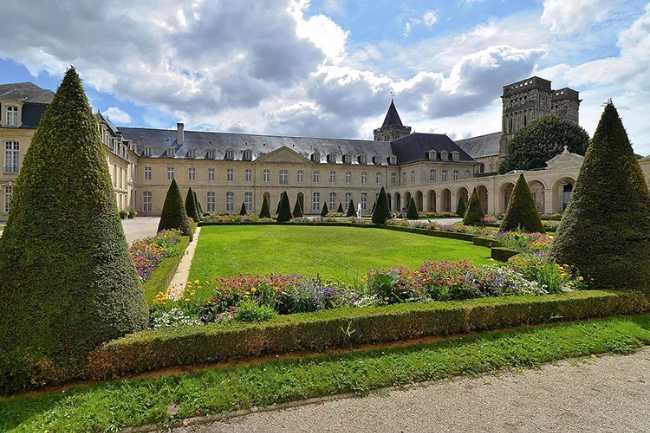
The Abbaye aux Dames, founded around 1060 by Matilda of Flanders, wife of William the Conqueror, is a jewel of Norman Romanesque architecture dedicated to the Holy Trinity. Consecrated in 1066, it was home to a Benedictine community for over seven centuries and is the final resting place of Queen Matilda, whose tomb lies in the choir beneath a black Tournai marble slab. The 18th‑century convent buildings, with their elegant neoclassical interiors and cloister, replaced the medieval structures and now house the Regional Council of Normandy. Highlights include the richly carved capitals of the apse, the crypt of Saint Nicholas with its forest of columns, and the surrounding five‑hectare park offering panoramic views over Caen. Once a convent, garrison, hospital, and hospice, the abbey has been meticulously restored and today welcomes visitors for guided tours, exhibitions, and cultural events, preserving its legacy as both a spiritual landmark and a living part of the city’s heritage.
Caen FranceThe Abbaye aux Dames in Caen, also known as the Abbey of Sainte-Trinité, is located on Place Reine Mathilde in the heart of the city. Founded around 1062 by Matilda of Flanders, wife of William the Conqueror, this Benedictine abbey is a masterpiece of Norman Romanesque architecture, renowned for its impressive crypt with 16 columns and an 18th-century convent surrounded by French-style gardens. The abbey church is the burial place of Queen Matilda and showcases intricately carved capitals and fan-shaped vaults in the cloisters. Today, the abbey houses the Regional Council of Normandy and offers guided tours that explore 950 years of history. Nearby, the abbey is close to prominent landmarks including Caen Castle, the Abbaye aux Hommes, and several art galleries, placing it at the center of Caen’s rich historical and cultural district.
 Le Mémorial de Caen
Caen
Le Mémorial de Caen
Caen
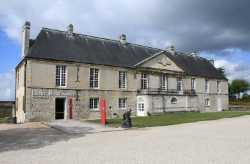 Musée de Normandie
Caen
Musée de Normandie
Caen
 Musée des Beaux-Arts de Caen
Caen
Musée des Beaux-Arts de Caen
Caen
 Musée d’Initiation à la Nature
Caen
Musée d’Initiation à la Nature
Caen
 Galerie R.J
Caen
Galerie R.J
Caen
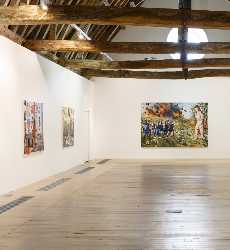 Artothèque de Caen
Caen
Artothèque de Caen
Caen
 La Galerie 170
Caen
La Galerie 170
Caen
 The Artists Galerie des Arts
Caen
The Artists Galerie des Arts
Caen
 YellowKorner
Caen
YellowKorner
Caen
 Galerie Des Sens
Caen
Galerie Des Sens
Caen
 Théâtre de Caen
Caen
Théâtre de Caen
Caen
 Le Zénith de Caen
Caen
Le Zénith de Caen
Caen
 La Comédie de Caen
Caen
La Comédie de Caen
Caen
 Le Cargö
Caen
Le Cargö
Caen
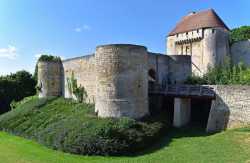 Château de Caen
Caen
Château de Caen
Caen
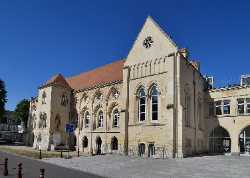 Le Palais Ducal
Caen
Le Palais Ducal
Caen
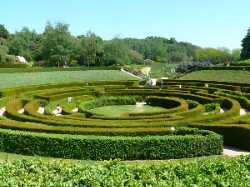 Parc de la Colline aux Oiseaux
Caen
Parc de la Colline aux Oiseaux
Caen
 Vallée des Jardins
Caen
Vallée des Jardins
Caen
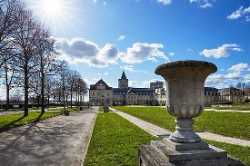 Parc Michel d'Ornano
Caen
Parc Michel d'Ornano
Caen
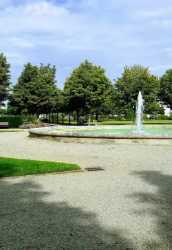 Parc Claude-Decaen
Caen
Parc Claude-Decaen
Caen
 Jardin des Plantes de Caen
Caen
Jardin des Plantes de Caen
Caen
 Abbaye aux Hommes
Caen
Abbaye aux Hommes
Caen
 Église Saint-Pierre
Caen
Église Saint-Pierre
Caen
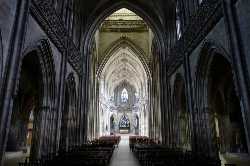 Church of Saint-Jean
Caen
Church of Saint-Jean
Caen
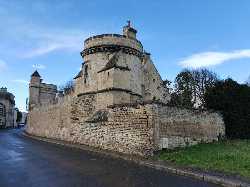 Manoir des Gens d’Armes
Caen
Manoir des Gens d’Armes
Caen
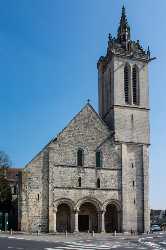 Collégiale du Saint-Sépulcre
Caen
Collégiale du Saint-Sépulcre
Caen
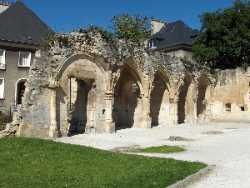 Église Saint-Gilles
Caen
Église Saint-Gilles
Caen
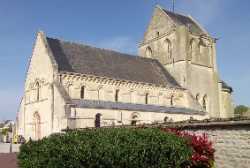 Restes de l’église Saint-Martin
Caen
Restes de l’église Saint-Martin
Caen
 Le Dôme
Caen
Le Dôme
Caen